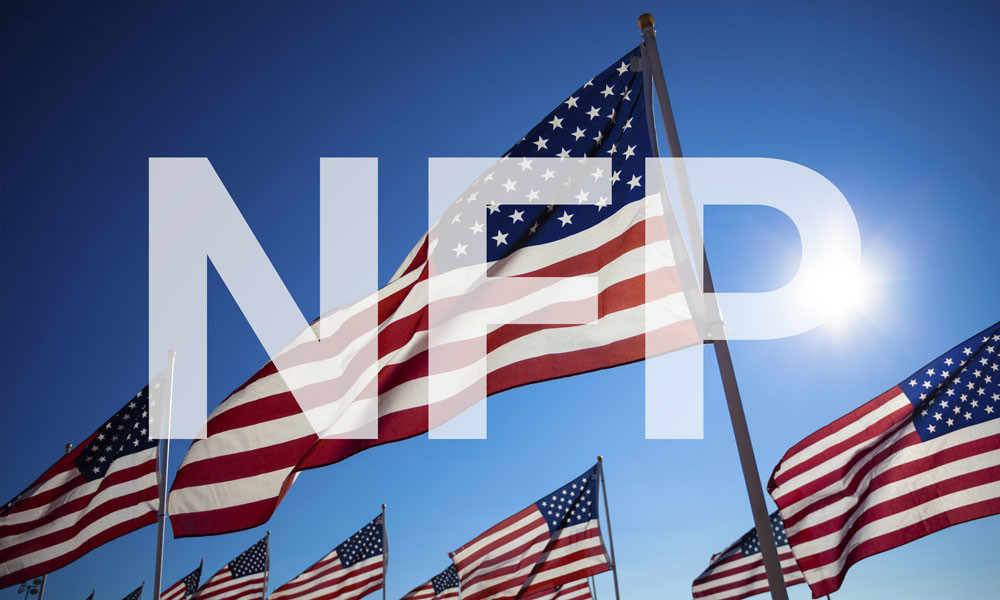Nonfarm payroll numbers showed the creation of 156,000 in the last month of 2016, less than the 176,000 expected, but arguably still a number that can absorb new entrants to the job market while still priming the U.S. economy for further growth. Federal Reserve Chair Janet Yellen has commented that the economy needs to see only 100,000 new jobs per month to keep up with the growth in the work-age population. A total of 11.3 million job were created during Obama’s two terms in office, with an average growth of 180,000 jobs per month in 2016 and 229,000 jobs per month in 2015. 
Though President-elect Donald Trump has vowed to create more jobs, the current unemployment rate is 4.7 percent, a 0.1 increase from November’s nine-year low of 4.6 percent, but still below 4.8 percent, which the Fed has estimated is the natural rate of unemployment. Simply put, the United States is considered enjoy nearly full employment, so Trump is likely to face significant difficulty in creating new jobs and finding people to fill them. This complaint is already being launched in certain sectors, most notably the construction sector, where it is becoming increasingly hard to find qualified workers. Nevertheless, Trump is largely considered to be inheriting a strong economy from the Obama administration, and with his candid favoritism towards businesses and skyrocketing consumer confidence, the positive momentum in the labor market could ostensibly be sustained in the near term, and perhaps in the longer term as well.
Trump has promised to increase spending on the country’s infrastructure and to cut taxes and relax regulations, all of which should increase the country’s overall economic growth, while, at the same time, increasing the budget deficit.
Hourly Wages – A Different Perspective
But the nonfarm payroll reports show only one side of the employment picture. On the other side is average hourly earnings which are set to rise in 19 states as of January 1, 2017. Many traders believe that higher wages both in December and in the future, will confirm that inflation is nearing its 2 percent target and will reinforce the need for additional Fed rate hikes in 2017. The CME’s FedWatch program showed on Friday a 72 percent expectation that the Fed will raise rates to at least 1.00-1.25 percent in 2017, up from a 67 percent expectation on Thursday. Still, most professional analysts question whether the increase in wages and the steady employment numbers will be enough to increase the number of Fed rate hikes in the new year. In order to really crystallize their positions, analysts are waiting for Trump to provide further details on his stimulus program and to judge the likelihood of effective implementation.
As of January 1, Washington and Massachusetts will be the states with the highest minimum wage, which will now be $11 per hour statewide. The same $11/hour wage will be the new minimum for New York City, though the state will be demanding lower minimum wages in different regions. Other states that have raised the minimum wage are Arizona, Maine Colorado, Alaska, Missouri, Florida, Ohio, New Jersey, Vermont, Hawaii, Michigan, Connecticut, Arkansas and Montana.

Labor advocates argue that the increases will improve the economy by giving more money to spend and will help those struggling to make ends meet. Business owners, on the other hand, have argued that increased costs will prevent them from hiring additional workers and will lead to more automation which will reduce the number of jobs available.
Following Friday’s jobs data U.S. stock markets closed up, with the S&P 500 index hitting record highs and the Dow trading less than one point away from the elusive 20000 mark. The dollar index also rose against its major trading partners following the news. Whether the dollar will be able to continue its march upwards is anyone’s guess, though technical analysts will argue for a pullback before the break higher. There is no question, however, that it will be one of the most, if not the most, interesting currency to watch in 2017.

